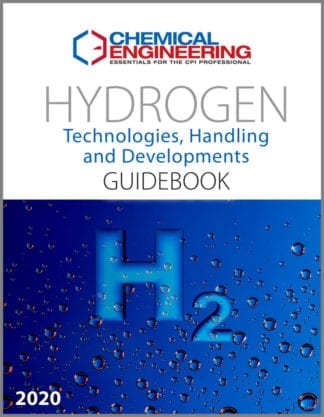Description
Mixing and blending liquids is arguably one of the most important and ubiquitous unit operations across all industry sectors within the diverse chemical process industries (CPI). Yet engineering challenges arise at many points in the process, from selecting and specifying the best mixer to meet the technical needs of the process and operating and maintaining mixers in the most optimal way, to meet technical, financial, environmental and safety objectives.
This collection of practical tutorial-style engineering articles provides informative, actionable information for process engineers and other technical professionals throughout the CPI.
Several articles focus on specific mixer options, including high-shear mixers, static mixers, continuous stirred-tank reactors, agitated reactors and more. Others emphasis how to blend challenging liquids, with several articles focused on viscosity-related issues. Learn techniques and design options to ensure worker safety and sound environmental performance, and tips for selecting the best materials of construction to ensure compatibility with challenging liquids.
Delivered in a PDF format, 152 pages.
Articles Include:
High-Shear Mixing: Don’t Fall Victim to Common Misconceptions
Don’t Be Baffled By Static Mixers
Mechanical Design Aspects for High-Performance Agitated Reactors
Viscosity: The Basics
Ten Things You May Not Know About Liquid Mixing Scaleup
Effective Agitator Operation and Maintenance
Liquid Mixing in Stirred Tanks
Beyond Simple Mixing
Gas-Liquid Mixing: Physical Considerations
Millichannel Reactors: A Practical Middle Ground for Production
Fundamentals of High-Shear Dispersers
CSTRs: Bound for Maximum Conversion
High-Shear Mixing
The Unexpected Rewards of Testing a Mixer
Photochemical Processes in Stirred Tank Reactors
Inline Viscosity Measurements
Mixers: Four Innovations Worth a Closer Look
Making Emulsions
CFD: Driving Engineering Productivity
Portable CFD: Build Interpolation Models from CFD results
Increase Productivity Through Better Gas-Liquid Mixing
From Batch to Continuous Processing
CSTR Design for Reversible Reactions
Viscosity Measurement




